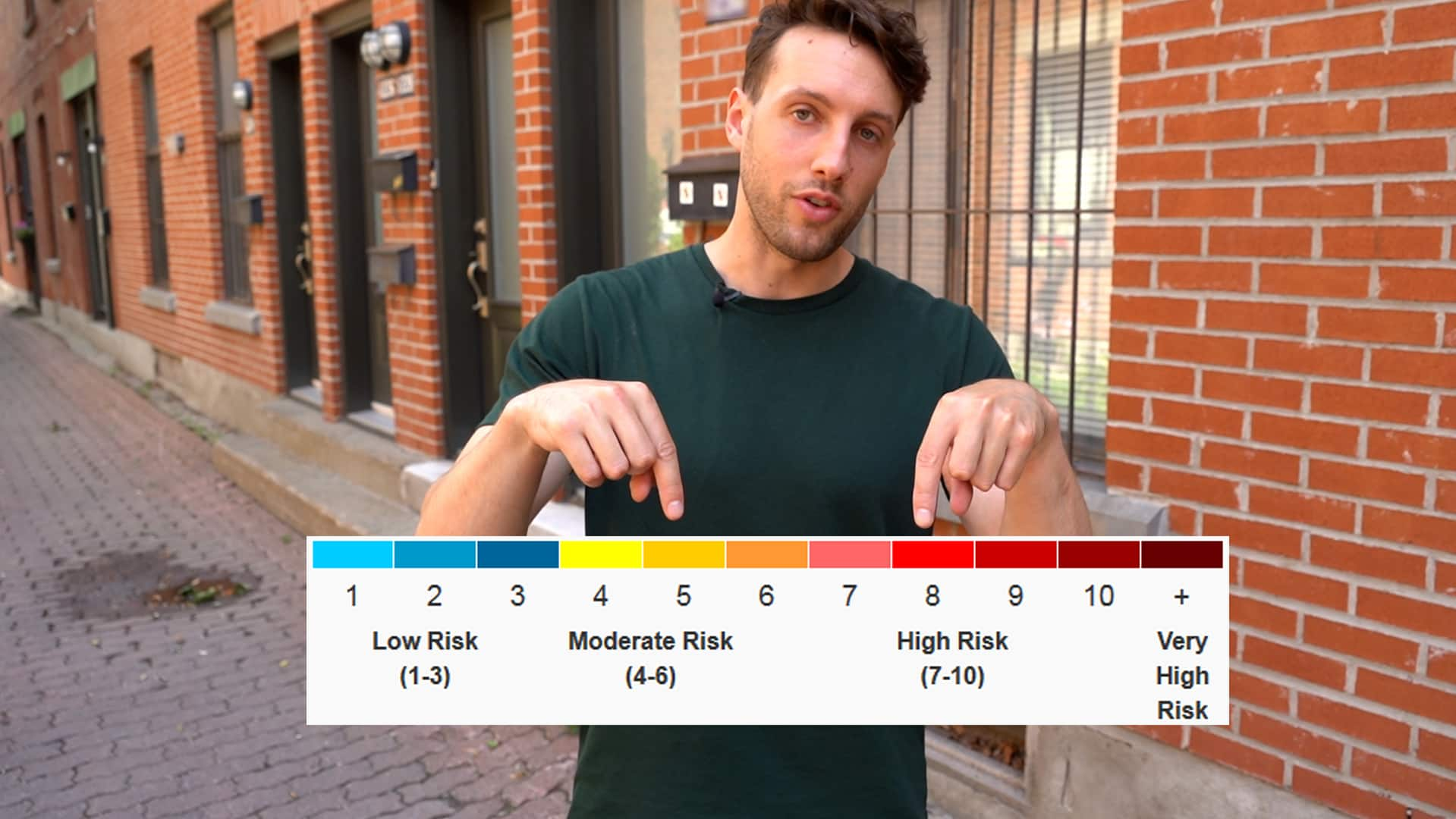Huge swath of bad air reaches from northern Quebec to Kentucky in the U.S.

Wildfire smoke impacts millions of Canadians across the country
Smokey, hazy skies are again blanketing parts of Ontario, Quebec, western Canada and the eastern half of the United States, pulling down air quality to dangerous levels. At one point Toronto recorded the worst air quality levels in the world.
Be patient, but don’t take a deep breath.
Smoke from Canadian wildfires will make breathing outdoors difficult today for millions of people across the six largest provinces — and in some cases this bout of bad air is expected to last days.
Environment Canada has released air quality statements for parts of the Northwest Territories and every province outside Atlantic Canada, including huge swaths of Ontario and Quebec. Canada Post has suspended deliveries in several locations, including Windsor, Ont., some sports clubs in southern Ontario have cancelled activities for the day.
Toronto, which recorded one of the worst air quality rankings in the world Wednesday afternoon, has moved many activities inside while the Toronto Jazz Festival has postponed all of its outdoor events until further notice.
The air quality statement covers a large continuous area that stretches from Windsor, Ont., all the way to Northern Quebec, and includes a smog warning for several areas in Quebec, including Gatineau and Val-d’Or.
That warning says “high concentrations of fine particulate matter” will return Wednesday and could continue for the next few days.
Some wet weather in Quebec gave firefighters a chance to get ahead of some of the flames, but there hasn’t been enough rain to extinguish the wildfires.
In Ontario, Environment Canada’s Air Quality Health Index is warning of a “high risk” for the entire corridor of southern Ontario from Windsor to Ottawa.
Environment Canada says wildfire pollution levels can fluctuate over time and can vary depending on the location, but air quality is only expected to improve for some areas in Ontario and Quebec on Thursday night.
Other parts of the country under air quality advisories include:
- A swath of northeastern B.C. stretching from Prince George to the N.W.T. border.
- Far northern Alberta, including Mackenzie County and the Regional Municipality of Wood Buffalo.
- An east-central swath of Saskatchewan including Nipawin and La Ronge.
- An area of northwestern Manitoba, near the Saskatchewan border, including Flin Flon.
- Much of northwestern Ontario as well as the area around Fort Albany.
- Two sections of the Northwest Territories bordering B.C. and Alberta.
The Canadian Interagency Forest Fire Centre’s website shows there are 487 active fires burning across the country as of Wednesday morning, with 253 of them classified as out of control.
The centre reported Monday that 76,129 square kilometres of land including forests has burned across Canada since Jan. 1. That exceeds the previous record set in 1989 of 75,596 square kilometres, according to the National Forestry Database.
The small particles in wildfire smoke can irritate the eyes, nose and throat, and can affect the heart and lungs, making it harder to breathe.
“Stop or reduce your activity level if breathing becomes uncomfortable or you or someone in your care feel unwell,” the weather agency says. “Contact your health-care provider or local health authority if you develop severe symptoms or need advice.”

How risky is high risk when it comes to air quality?
When the air is murky and muggy, here’s what you need to know and what you should pay attention to.
People with lung disease, including asthma, or heart disease, older adults, children, pregnant people and people who work outdoors are at higher risk of smoke-caused health effects, the agency warns.
People should take precautions including avoiding strenuous outdoor activities, keeping windows shut and running air purifiers. Some residents may choose to wear an N95-type face mask while outdoors to filter smoke particles.
Smoke affecting the U.S., too
The unhealthy haze travelled south of the border, too, settling over most of the Great Lakes region and spreading as far as Missouri and Kentucky.
The U.S. Environmental Protection Agency’s AirNow.gov site showed Detroit in the “hazardous” range and warned that “everyone should stay indoors and reduce activity levels.”

Drifting smoke from the wildfires has lowered curtains of haze on broad swaths of the United States, pushing into southern Illinois, Indiana and Ohio, and moving into parts of West Virginia. The AirNow.gov site listed air quality Wednesday in Cleveland, Chicago and Pittsburgh as “very unhealthy.” A wider circle of unhealthy air spread into St. Louis and Louisville, Ky.
- Check the CBC News Climate Dashboard for information on air quality and live updates on active fires across the country. You can also set your location to find out how today’s temperatures compare to historical trends.
U.S. President Joe Biden could see the impact first-hand Wednesday during a visit to Chicago, where he was expected to promote his renewable energy policies during a major address on the economy. Biden has described the Canadian wildfires as clear evidence of climate change.
The smoke has even reached western Europe.
Earlier this week, the U.S. National Aeronautics and Space Administration (NASA) said satellite imagery showed smoke extending across the North Atlantic Ocean to the Iberian Peninsula and other parts of western Europe.
Air quality in Europe has not deteriorated to the extent seen in North America because of the height of the smoke in the atmosphere, NASA said.
*****
Credit belongs to : www.cbc.ca
 Atin Ito First Filipino Community Newspaper in Ontario
Atin Ito First Filipino Community Newspaper in Ontario






